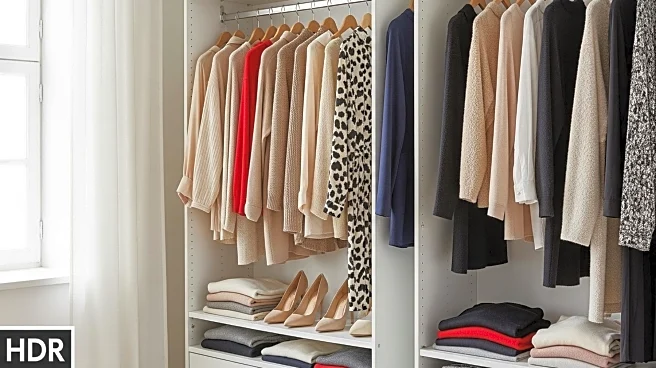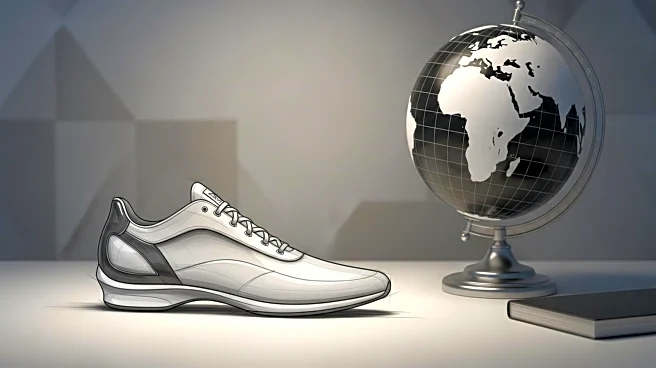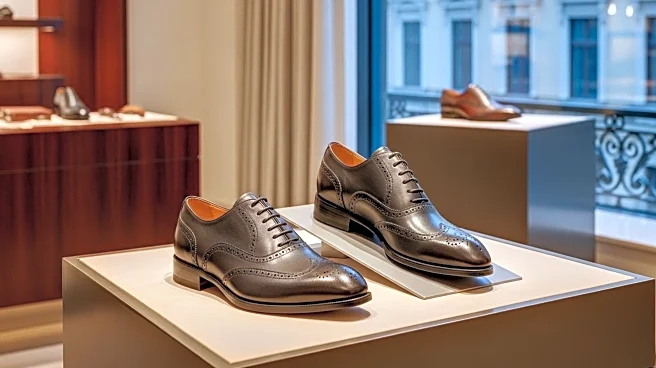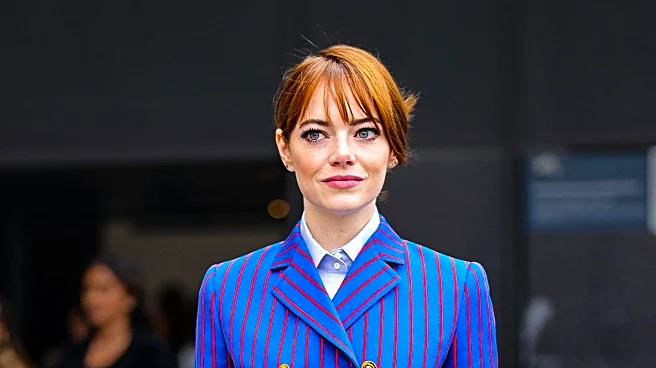What's Happening?
A recent study conducted by Vestiaire Collective and the Boston Consulting Group (BCG) reveals that the second-hand fashion and vintage luxury market is projected to grow significantly, reaching a market volume of up to $360 billion by 2030. This growth rate is three times faster than that of new goods, with an annual increase of 10 percent. Currently, the second-hand market accounts for 8 percent of total fashion and luxury sales, a figure expected to rise to 10 percent over the next five years. The report, based on a survey of 7,800 Vestiaire Collective users, highlights the increasing integration of resale into consumer shopping behavior, particularly among Generation Z. In the U.S., second-hand items constitute 32 percent of young consumers' wardrobes, with affordability and the thrill of finding unique items being key motivators.
Why It's Important?
The rapid growth of the second-hand market has significant implications for the fashion industry, particularly in terms of sustainability and consumer behavior. As more consumers opt for second-hand goods, the demand for new products may decrease, potentially leading to shifts in production and marketing strategies for fashion brands. The emphasis on affordability and uniqueness in second-hand shopping could drive brands to innovate in their offerings to compete with resale platforms. Additionally, the rise of second-hand shopping challenges the notion of sustainability, as it may encourage additional consumption. This trend could influence regulatory approaches in the U.S. and Europe, as governments seek to balance economic growth with environmental concerns.
What's Next?
The report suggests that Digital Product Passports (DPPs) could play a crucial role in the future of the second-hand market. These passports offer transparency and authentication, which are valued by both buyers and sellers. As awareness of DPPs grows, they may become a strategic tool for building customer trust and reducing friction in transactions. Brands could leverage DPPs to capture value throughout a product's lifecycle, potentially reshaping the resale market. The continued growth of the second-hand market may also prompt fashion brands to explore partnerships with resale platforms or develop their own resale channels.
Beyond the Headlines
The ethical implications of marketing second-hand goods as inherently sustainable are complex. While resale reduces waste by extending the lifecycle of products, it may also fuel additional consumption. This paradox highlights the need for a nuanced understanding of sustainability in the fashion industry. As consumers increasingly prioritize affordability and uniqueness, brands may need to reconsider their production practices and marketing strategies to align with these values. The growth of the second-hand market could also influence cultural perceptions of fashion, as consumers embrace the idea of curated wardrobes and the thrill of discovering unique items.










